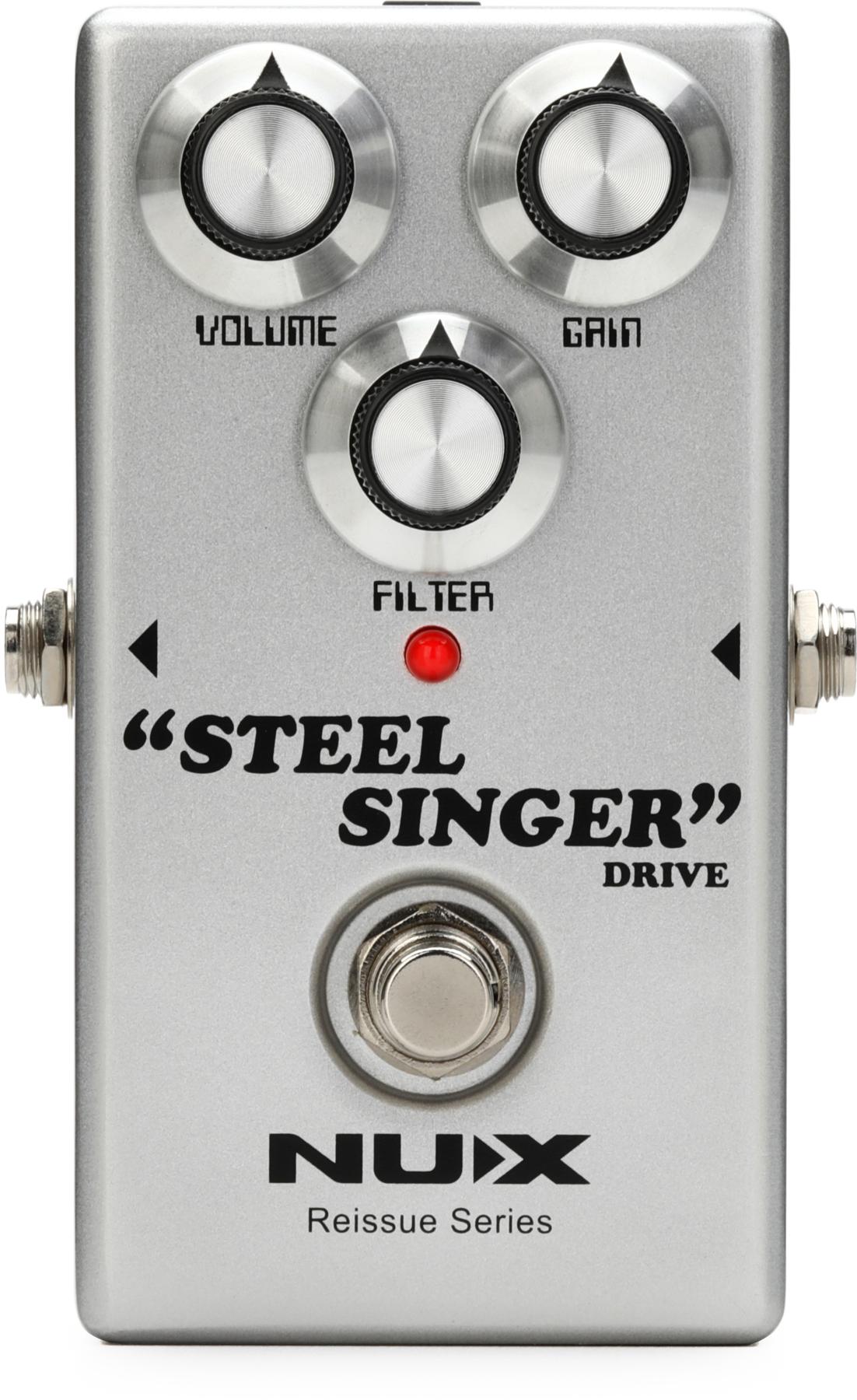I grew up in Sweden, which means I was bombarded with great pop melodies and well-executed, often technically challenging heavy metal. These are the musical styles Scandinavian countries are known for to this day. The affection and prominence of these genres in Scandinavia have their historical and cultural explanations, but perhaps most importantly, there are climate-related and geographical reasons for what we listen to and grow up on over there. It is a cold, damp, and dark part of the world—far removed from the beaches of Jamaica.
I also grew up alongside a brother who’s four years older and the jock of the family. I was the artistic one, but he was still a very avid consumer of music. The music he listened to, however, made very little sense to me at first. I heard a steady stream of Pink Floyd and Jethro Tull coming through the walls (thanks to adjoining bedrooms), and even though I’m a fan of those bands now, I didn’t necessarily appreciate the volume when I was trying to get to sleep for school in the morning.
As a budding bassist, what I didn’t mind was feeling the deep, sub-bass sounds of Bob Marley, Peter Tosh, and Black Uhuru vibrating through the walls of our small-town suburban house. Those grooves, those vibes, and that overall feeling were so incredibly exotic that it made me feel like I was travelling to a completely different culture and world for free. It’s a feeling that all great music, film, and literature can give you. Even though exposure to the genre was a true eye-opener, I didn’t actually follow through by playing reggae until quite a few years later.
When I finally did play a top-to-bottom set of actual reggae, I felt elated and physically amazing. Maybe even high. It was one of those rare moments where my ego had been completely removed from my playing and my own need or want to express myself had been hijacked in a beautiful fashion—all by the spirit of being completely in service of the music. In fact, that initial reggae gig confirmed I had chosen the right instrument when I decided on bass all those years ago.
Trance-scendence. The reggae genre demands—much like vintage R&B and some vintage rock ’n’ roll—a religious commitment to repeating the same short, often very simple, pattern many times throughout the song. The benefits of this are immense for me. This kind of bass playing enables me to enter a trance-like state where note selection and rhythmical placement is predetermined and repeated so much that my only concern becomes how good I can possibly make this feel. My point here is that playing reggae will improve your feel on the bass when playing almost any genre.
Reggae is also quite unique in the way it’s so much about being felt more than heard. Some of you have likely heard versions of a saying about guitar and piano appealing to the mind and the heart, but that the bass appeals to the human parts below the waist. Whether it makes you want to make love or just dance, it’s a feeling that doesn’t have to be rationalized. To achieve this, reggae bass playing requires a completely different approach to touching the instrument and getting the notes out.
Plucking the strings close to the neck (with the neck pickup soloed) is a good starting point to get the feeling of the note and the slowness of the attack through to your audience. Legendary reggae bassist Devon Bradshaw calls this hand positioning “the sweet spot.” Using old or flatwound strings and rolling off the tone knob is key, and using a foam mute is another good way to make your strings even more dead sounding. For those of you already dabbling in vintage R&B tones, you’ll find that these measures are what you use to achieve those tones as well. But despite the superficial similarities when it comes to how you set up and play your instrument, the bass sounds are profoundly different. The low-mid thump of the James Jamerson approach is not very present when playing reggae, but if you permanently set up one of your basses with slightly higher action, a foam mute, and flatwound strings, at least it can achieve both Motown-like and reggae sounds.
When it comes to legends of reggae bass to check out, the first should be Robbie Shakespeare, who performed with Peter Tosh and Black Uhuru in addition to his celebrated work as a member of Sly & Robbie. Aston “Family Man” Barrett from Bob Marley and the Wailers is another legend of the genre. His lines are a master class in “kotch,” which is a reggae term for a hook. “Stir It Up” is just one example of how tremendously singable Barrett’s bass lines are.
Next month, I’ll take you on a journey through a few specific bass lines and more in-depth techniques that will simply make you feel good!












![Rig Rundown: Russian Circles’ Mike Sullivan [2025]](https://www.premierguitar.com/media-library/youtube.jpg?id=62303631&width=1245&height=700&quality=70&coordinates=0%2C0%2C0%2C0)














